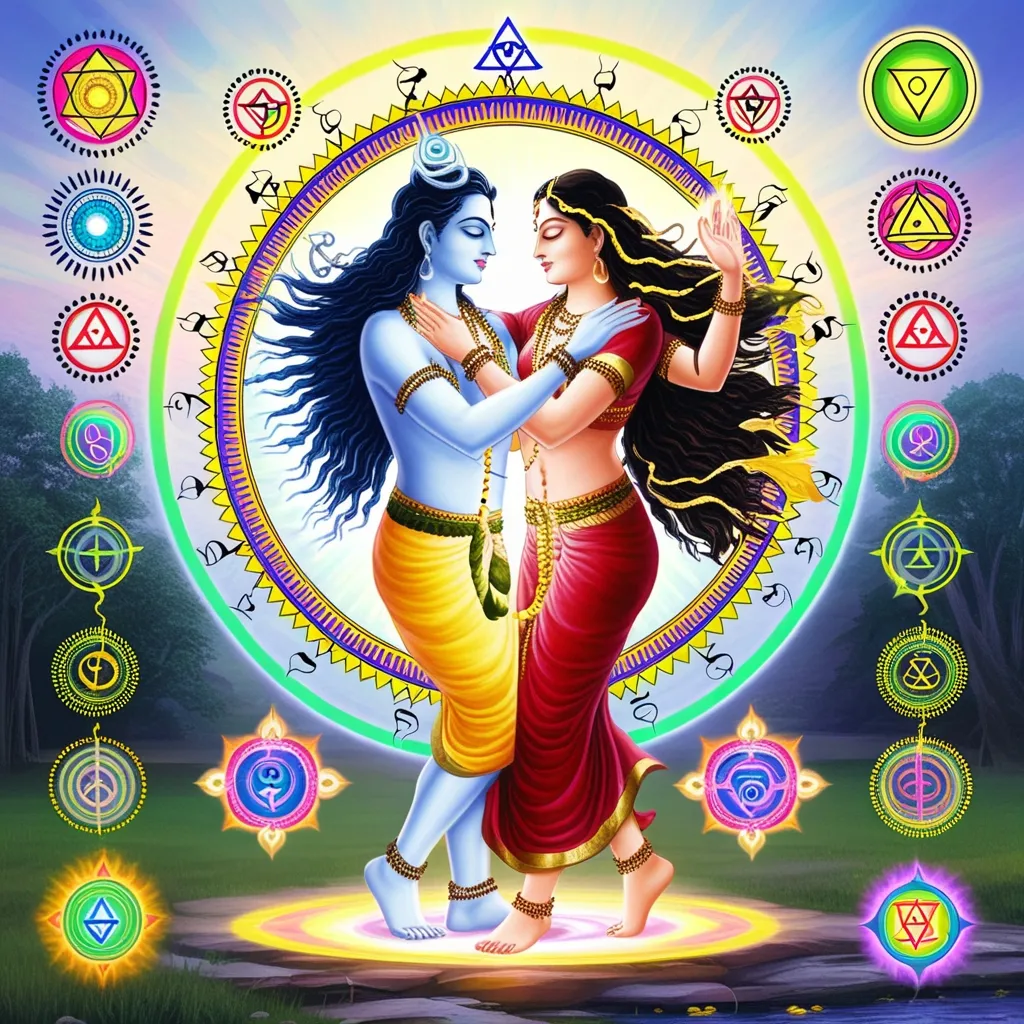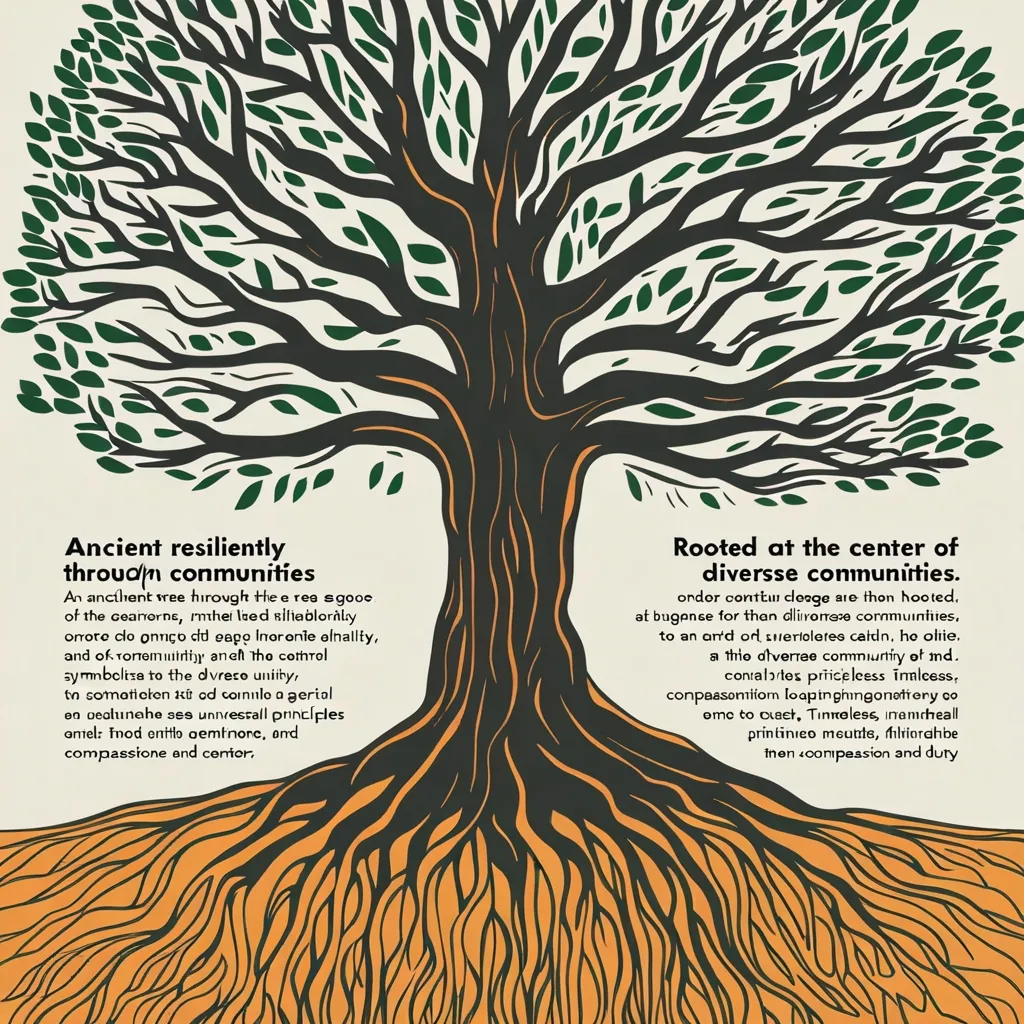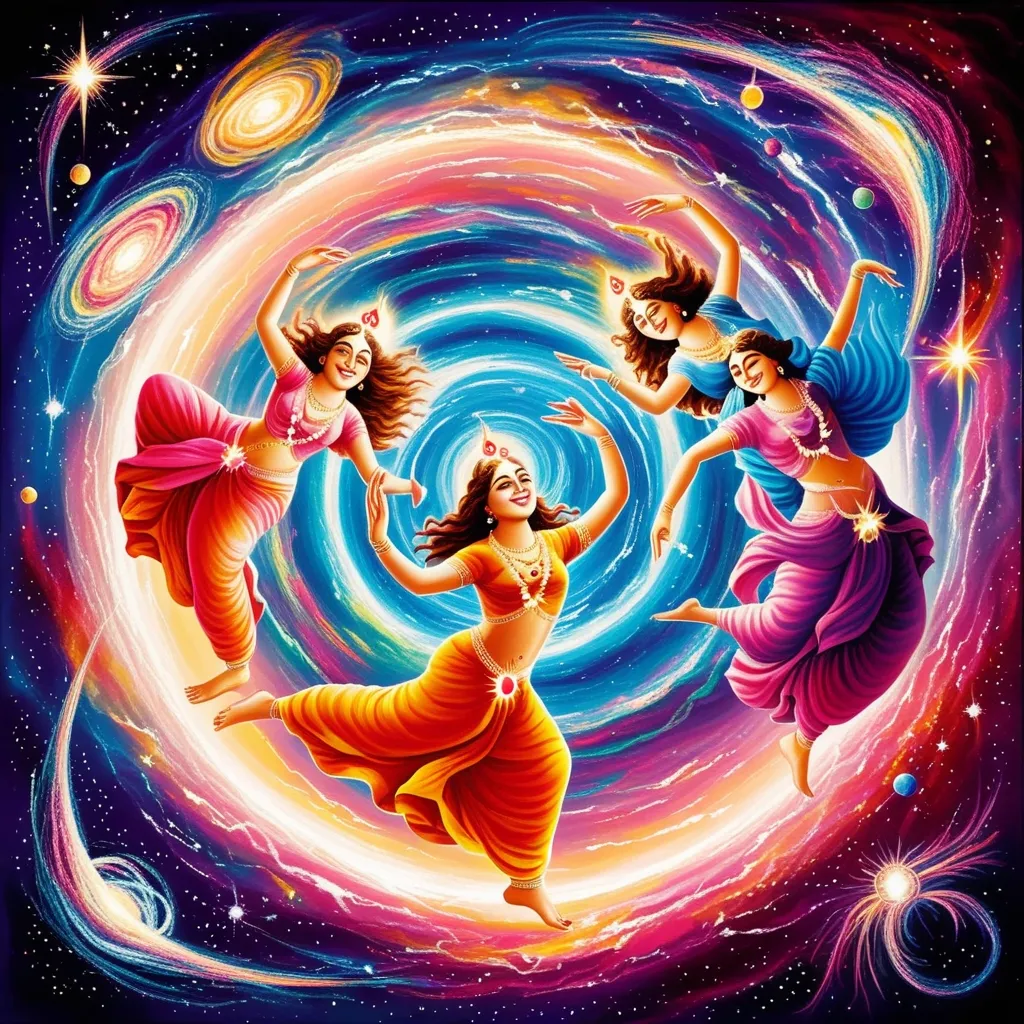As we delve into the sacred world of Hinduism, one concept stands out for its profound impact on the tradition’s spiritual and philosophical foundations: Shruti. This term, meaning “that which is heard,” encapsulates the essence of Vedic knowledge and spiritual practice, highlighting the significance of oral transmission and the power of sacred sound.
Shruti is not just a collection of texts; it is the embodiment of divine revelation, heard and transmitted by earthly sages. It includes the four Vedas – Rigveda, Yajurveda, Samaveda, and Atharvaveda – along with their embedded texts such as the Samhitas, Brahmanas, Aranyakas, and the early Upanishads. These texts are considered Apaurusṣeya, or authorless, implying they are of nonhuman, primordial origins.
The authority of Shruti is universally accepted across the six orthodox schools of Hinduism, although interpretations vary. While some scholars view these texts as divine revelations, others see them as the work of ancient sages. However, the heterodox schools, like the Cārvākas, have historically rejected the authority of Shruti, considering it a flawed human creation.
What sets Shruti apart from other Hindu scriptures, such as Smriti (which is remembered), is its status as revealed knowledge. Shruti is the product of divine revelation, heard by sages and passed down through an oral tradition. This oral transmission was crucial in preserving the integrity of the texts, ensuring they were not misunderstood or misused. The importance of this oral tradition cannot be overstated; it was the primary method through which Vedic wisdom was safeguarded and transmitted from one generation to the next.
At the heart of Shruti lies the concept of sound as a vehicle for spiritual transformation. In Vedic tradition, sound is not merely a medium of communication but a potent force that connects human consciousness with cosmic truth. The chanting of Vedic mantras and the recitation of sacred texts are integral to this tradition. These sounds are believed to have the power to awaken the soul, facilitating a direct perception of spiritual reality.
The role of sound in Shruti is deeply intertwined with the practice of meditation and self-realization. The ancient seers used sound vibrations to attain higher states of consciousness, believing that these vibrations could reveal the deepest truths of existence. This is reflected in the three stages of spiritual practice outlined in Advaita Vedanta: Shravana (listening), Manana (contemplation), and Nididhyasana (meditation). Each stage is crucial, and the effectiveness of these practices depends on the seeker’s devotion and surrender to the wisdom imparted.
The Upanishads, which are part of the Shruti corpus, are particularly significant in this context. They offer philosophical elaborations on the Vedas, forming the basis of much of later Hindu philosophy and theology. The Upanishads explore the nature of the ultimate reality, Brahman, and the individual self, Atman. They teach that the ultimate goal of human existence is to realize the non-dual nature of reality, where the distinctions between the individual self and the cosmic self dissolve.
In this non-dualistic framework, the concept of Abheda Shruti is pivotal. It posits that there is no difference between the individual self (Jiva), the ultimate reality (Paramatma), and the illusory world (Maya). This perfect non-dualism is the core of Advaita Vedanta, as espoused by Sri Adi Shankara. However, other philosophies, such as those of Sri Madhwa and Sri Ramanuja, offer alternative perspectives. Sri Madhwa’s Bheda Shruti emphasizes the real differences between Jiva, Paramatma, and Maya, while Sri Ramanuja’s Ghataka Shruti reconciles these differences through a qualified non-dualism.
The practical application of Shruti in spiritual practices is multifaceted. For instance, the recitation of Vedic mantras is believed to purify the mind and prepare it for deeper spiritual insights. The chanting of these mantras, often in specific rhythms and tones, is thought to resonate with the cosmic vibrations, aligning the individual’s consciousness with the universal truth.
In exploring Shruti, we gain a deeper understanding of the Vedic view on knowledge and its transmission. The oral tradition highlights the importance of direct transmission from guru to disciple, ensuring that the wisdom is not just intellectually understood but also experientially realized. This approach underscores the dynamic nature of Vedic knowledge, which is not static but evolves through the lived experiences of those who practice it.
For those interested in meditation and spiritual practices, delving into Shruti offers valuable insights. It shows how sound can be used as a tool for spiritual growth, helping to quiet the mind and open the heart to deeper truths. Whether you are a student of Vedic lore or simply curious about different approaches to spiritual knowledge, the study of Shruti provides a rich and rewarding journey.
As we attune ourselves to the cosmic melody that resonates through the ages, we find that Shruti is more than just a body of texts; it is a living tradition that continues to guide seekers on their spiritual journeys. It reminds us that the power of sound is not just in its ability to communicate but in its capacity to transform, connecting us with the very essence of existence.
In this sacred world of sound and wisdom, we discover a profound appreciation for the Vedic tradition and its enduring relevance. Shruti is not just a relic of the past but a vibrant, living force that continues to inspire and guide us today. As we listen to its cosmic melody, we are invited to embark on a transformative journey, one that promises to reveal the deepest truths of our existence and our place within the universe.






